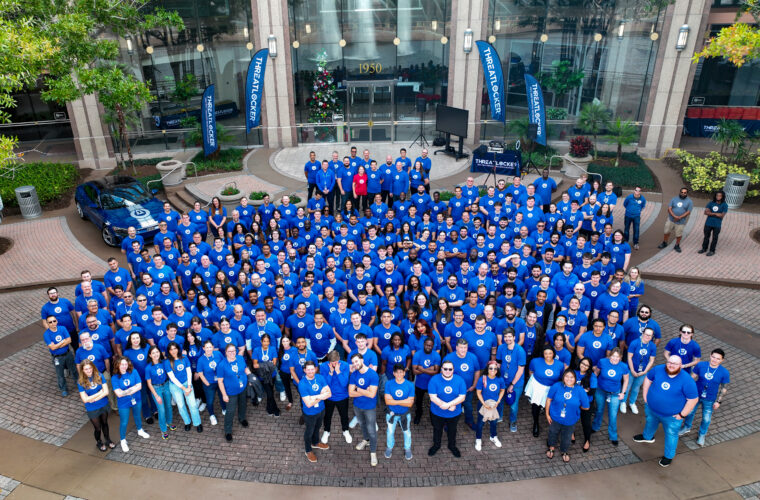Proxima Fusion Paves the Way for a Clean Fusion Energy Revolution
In a groundbreaking development for the fusion industry, German startup Proxima Fusion has secured its first investment to scale a highly innovative and visually intriguing fusion machine. The bizarre twisted-looking device known as a stellarator holds the potential to revolutionize the world’s energy landscape by delivering abundant, clean, and limitless power.
Raising Funds for a Fusion Revolution
Proxima Fusion has successfully raised €7mn in funding, a significant milestone considering its status as the first spinout from Germany’s prestigious Max Planck Institute for Plasma Physics. The institute, renowned for its unwavering dedication to fusion research, houses the world’s largest stellarator named Wendelstein 7-X. The machine is the culmination of 27 years of relentless research, design, and a staggering investment of €1.3bn. Leveraging cutting-edge supercomputing capabilities and state-of-the-art plasma theory, the Wendelstein 7-X has pushed the boundaries of what is scientifically achievable in fusion research. This world’s largest stellarator, with a diameter of around 16 metres, is expected to be able to confine the 100-million-degree Celsius plasma discharges for up to 30 minutes.
Making stellarator great again
While the physics underlying this revolutionary machine are highly intricate, the stellarator design offers several potential advantages over the widely popular tokamak, which has dominated the fusion sector for decades. The twisted configuration of the superconducting magnets within a stellarator ensures the stability of the super-heated plasma required for nuclear fusion and energy release. Furthermore, unlike tokamaks, stellarators have the theoretical capacity for continuous operation, necessitating periodic halts to reset their magnet coils.
However, complexity and challenges have marked the path to harnessing the power of stellarators. The design and construction of these machines are notoriously intricate, which led to their overshadowing by the simpler tokamak in the 1960s.
Ian Hogarth, the co-founder of Plural Platform and the lead investor behind the €7mn funding, elucidated the design differences, stating, “A tokamak is kind of easy to design, hard to operate, whereas a stellarator is super hard to design, but once you’ve designed it, it’s way easier to operate.” This sentiment encapsulates the potential of stellarators to reshape the fusion landscape once their design hurdles are overcome.
The Wendelstein 7-X, inaugurated by former German Chancellor Angela Merkel in 2016, has already achieved numerous scientific breakthroughs that are reshaping the entire field of magnetic confinement fusion. This renaissance of stellarators has garnered the enthusiasm of fusion physicist Josefine Proll of the Eindhoven University of Technology, who exclaimed, “All of a sudden, stellarators are back in the game.”
Leading Contender in Growing Stellarator Market
Empowered by the initial investment, Proxima Fusion aims to capitalize on these advancements and drive commercialization. CEO Francesco Sciortino emphasizes the unique advantage that the startup’s connection to the Max Planck Institute brings, given its extensive team of plasma physics experts, surpassing even the resources available at the Massachusetts Institute of Technology. The ambitious goal is to establish Proxima Fusion as a European champion capable of executing fusion power plant development with exceptional precision and efficiency.

While private investment has predominantly flowed toward tokamak pioneers such as MIT spinout CFS, valued at over $2bn, recent breakthroughs in stellarator technology are paving the way for a new wave of fusion startups, with Proxima leading the charge. Proxima’s sole competitor, Type One, a spinoff from the University of Wisconsin-Madison, secured $29mn in funding from Bill Gates’s Breakthrough Ventures in March to advance their commercially viable stellarator concept.
The fusion industry is on the cusp of a paradigm shift, and Proxima Fusion’s funding milestone marks an important step towards a future powered by fusion technology. As researchers and entrepreneurs continue to push the boundaries of what is possible, the dream of sustainable and abundant energy draws closer to reality.



